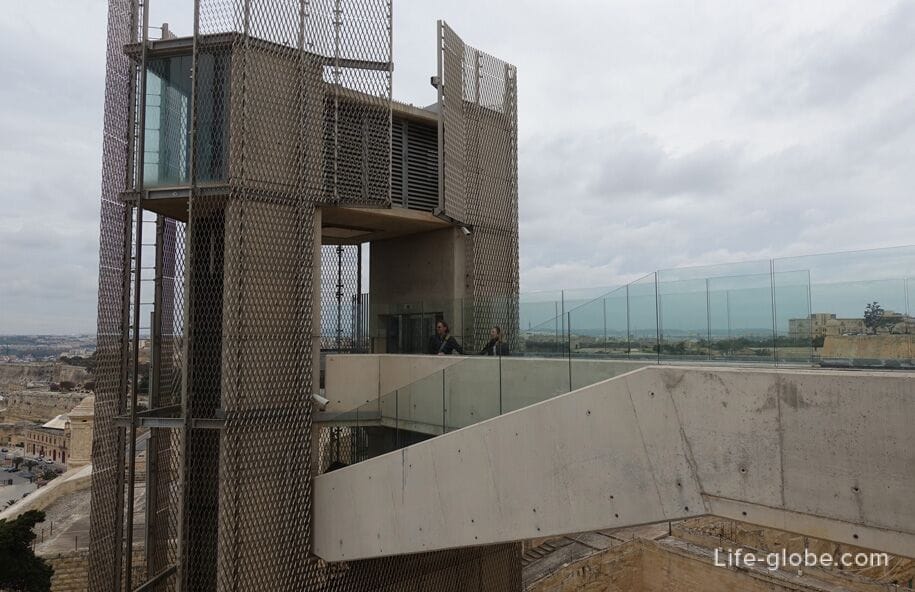
Upper Barrakka Gardens or just the Upper Barrakka (the Maltese name Il-Barrakka ta' Fuq) is a city Park and recreation area, located in the city of Valletta on the island of Malta, near the City gate and fountain of Triton.
Gardens Barrakka located on the upper level of the Bastion of St Peter and Paul, built in the 1560-ies.
Originally, the gardens served as a place of rest of the knights Hospitaller of the order of St. John of Jerusalem, but after the French occupation of Malta in 1800 and was opened to the public.
The main entrance to the barrakka gardens by the street Castille, through the arch.

The upper gardens are similar to Lower Barrakka Gardens. The Park is equipped with walking paths, places for recreation, there are outdoor cafes and a fountain.
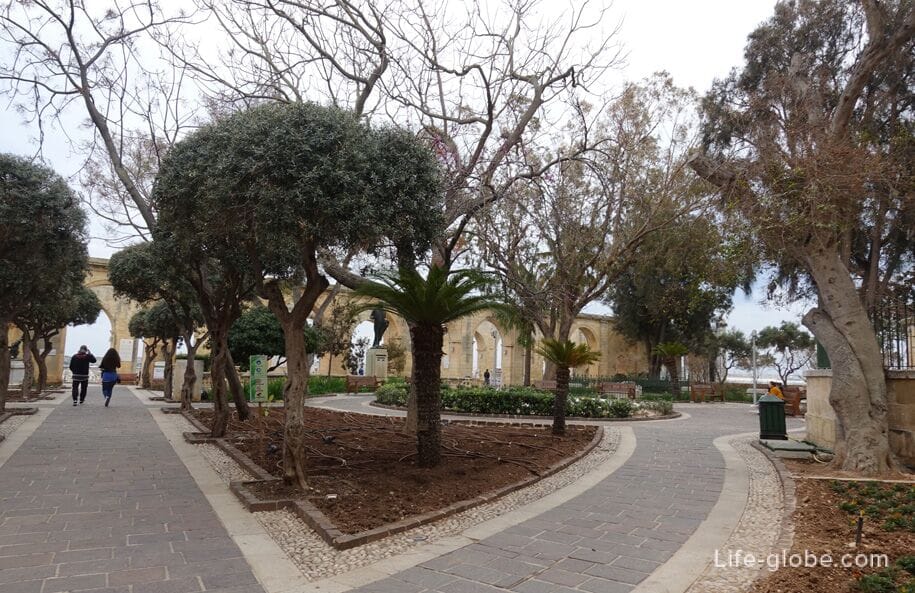

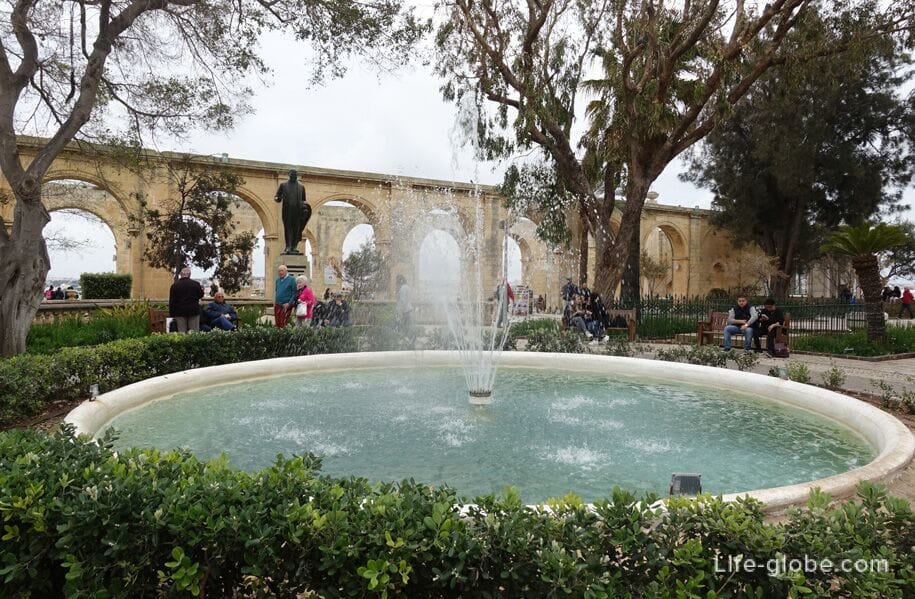
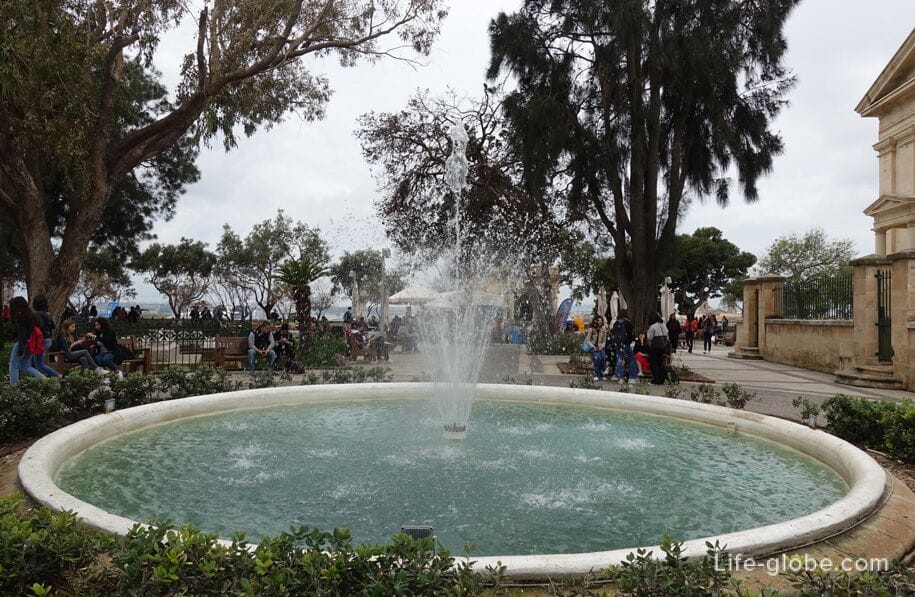
Upper Barrakka Gardens is decorated with several monuments and memorials to several prominent people, including Gerald Strickland, sir Thomas Maitland and sir Winston Churchill.
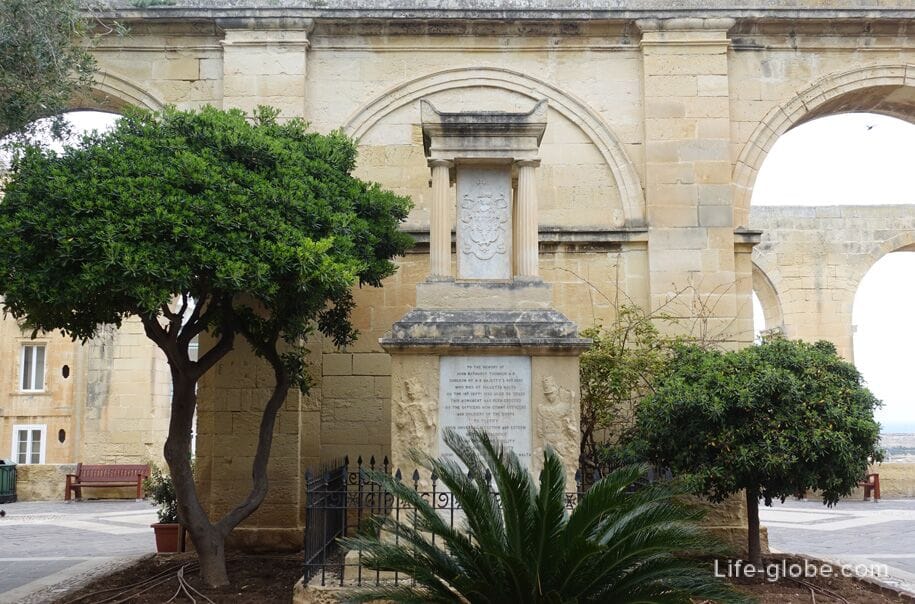
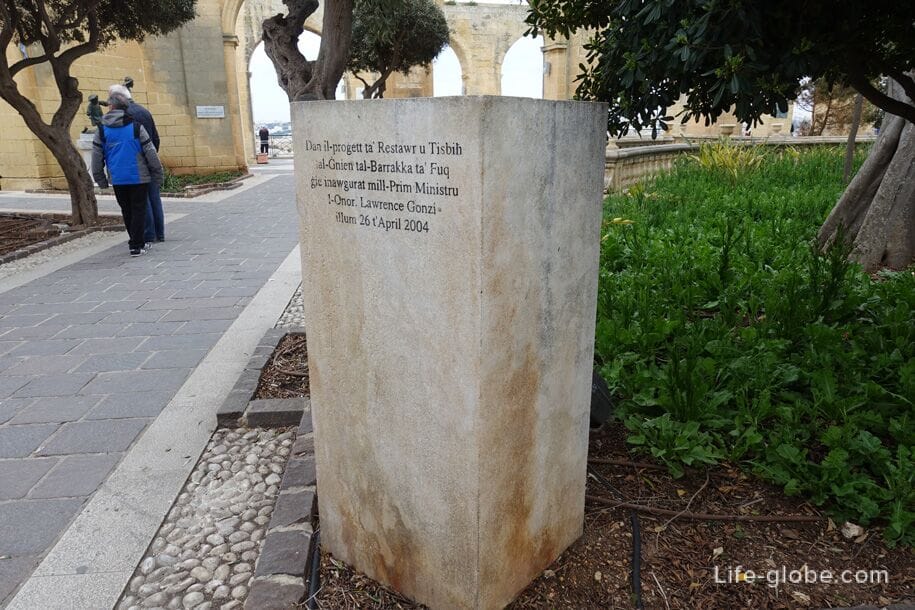
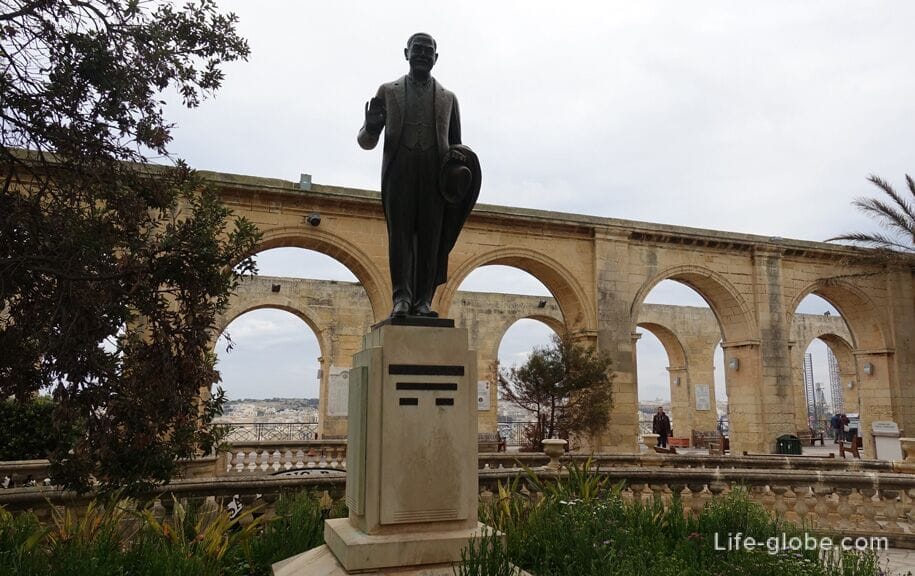
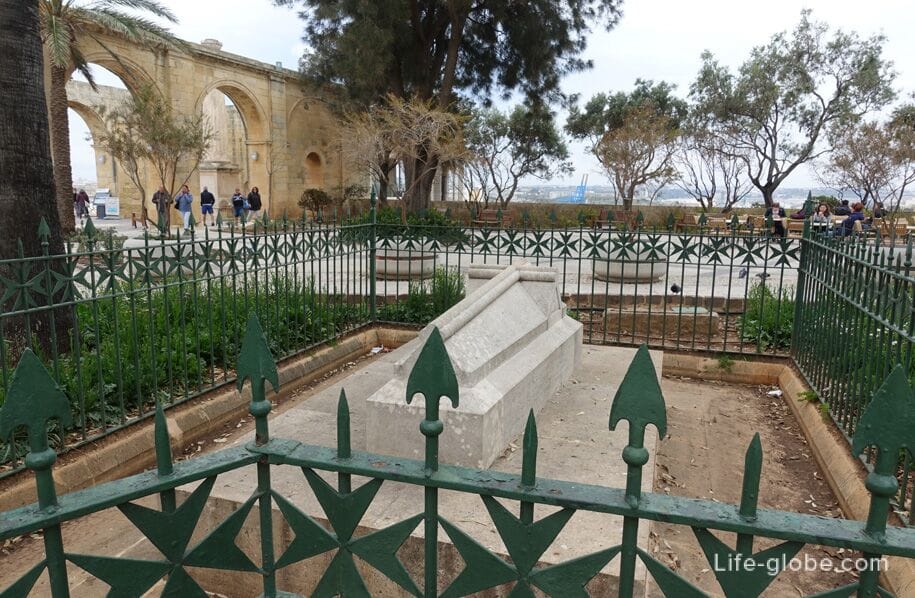
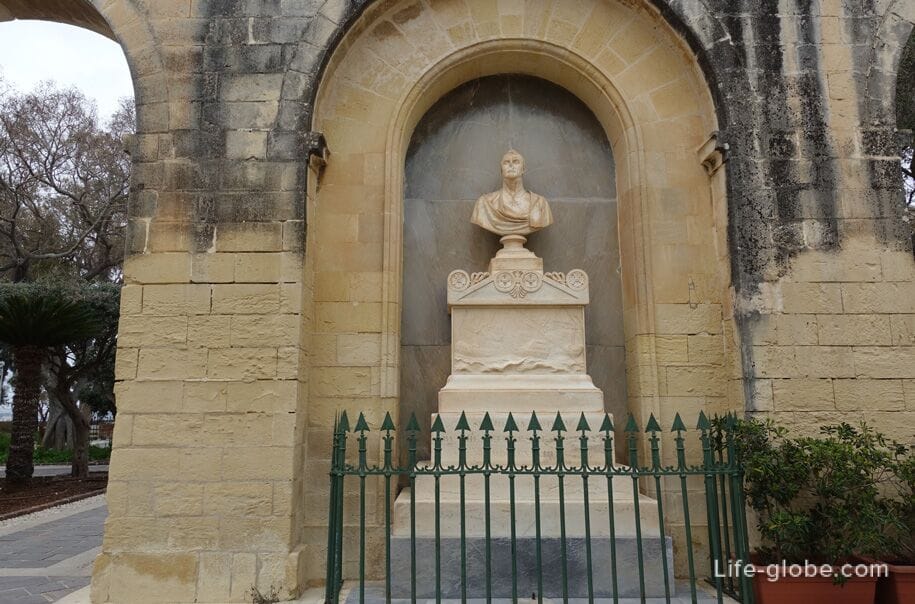

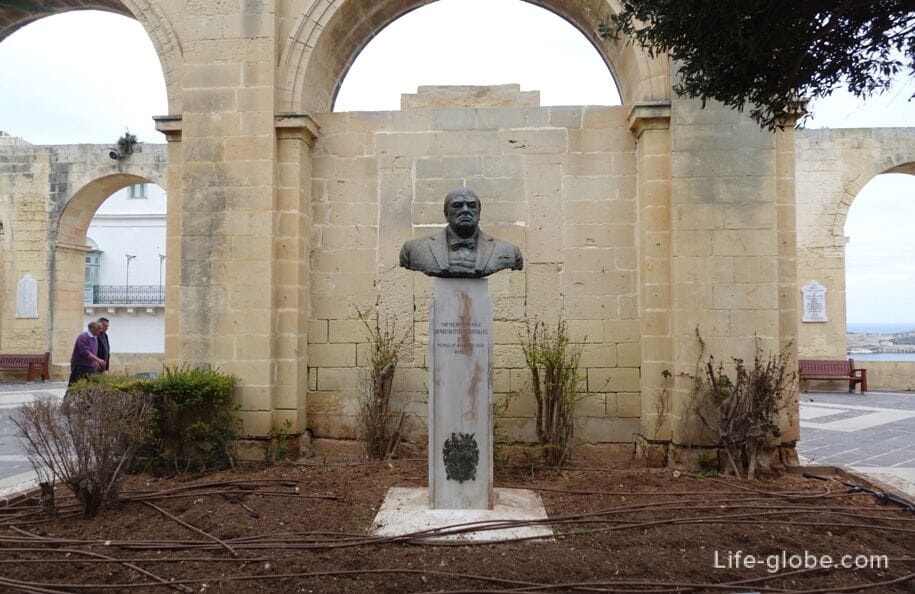
In the garden is a replica of the statue "Les Gavroches" ("The street boys") the Maltese sculptor Antonio Sciortino. The original sculpture is kept in the National Museum of fine arts.
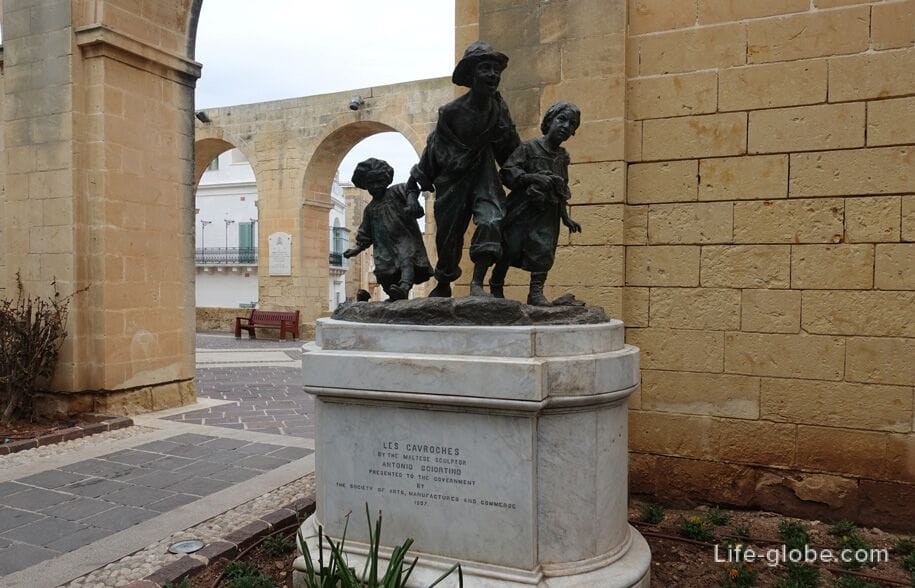
Terraced arches of the garden, deserves special attention, was built in 1661 by the Italian knight, Fra Flaminio Balbiani. The arch originally had a roof that was dismantled after the rebellion of the priests in 1775.

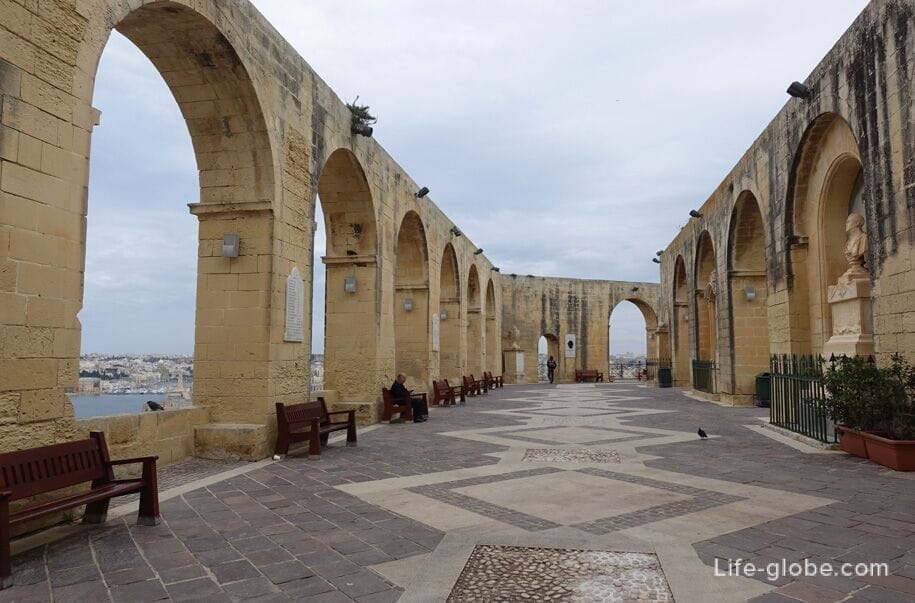


Barrakka gardens - the highest point of the former city walls, carrying out defensive functions. Due to its location, the Park attracts visitors primarily because of the terraced gardens offer stunning panoramic views (one of the most impressive in the city) at Grand harbour, including the Three cities (Birgu / Vittoriosa, Bormla and of Senglea), as well as the Malta shipyard, the waterfront and the surrounding area.


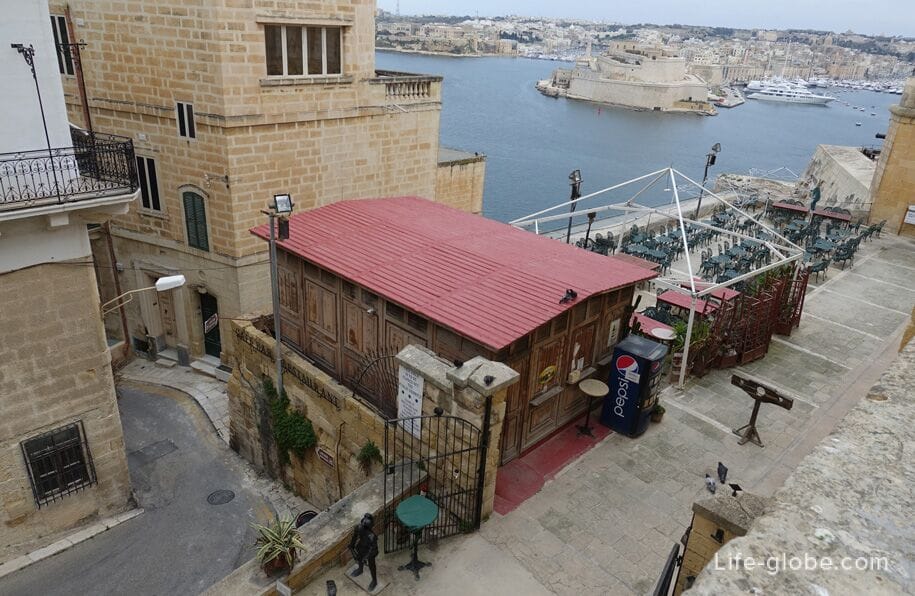
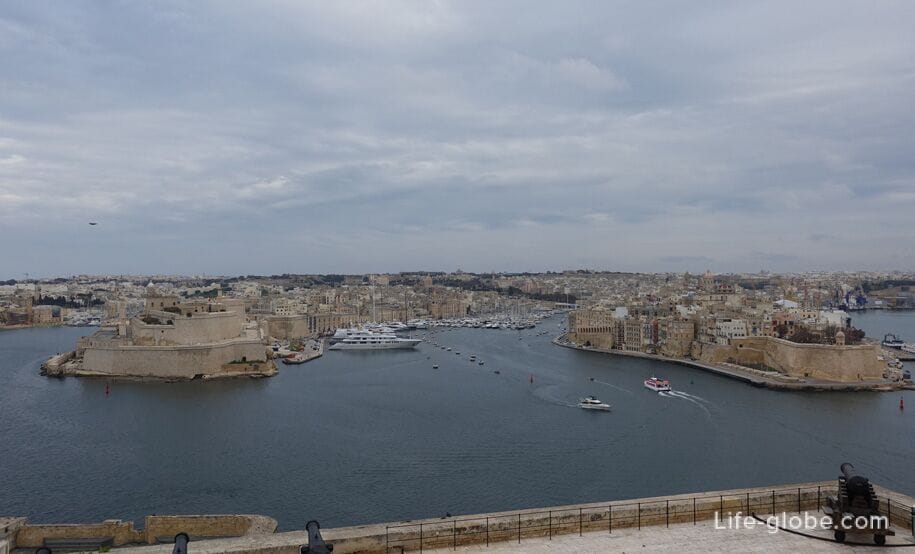
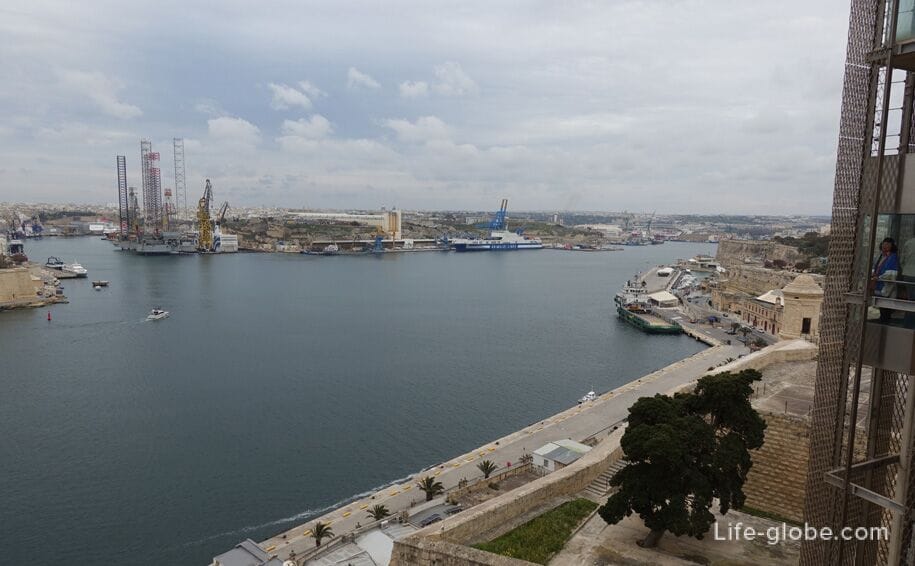
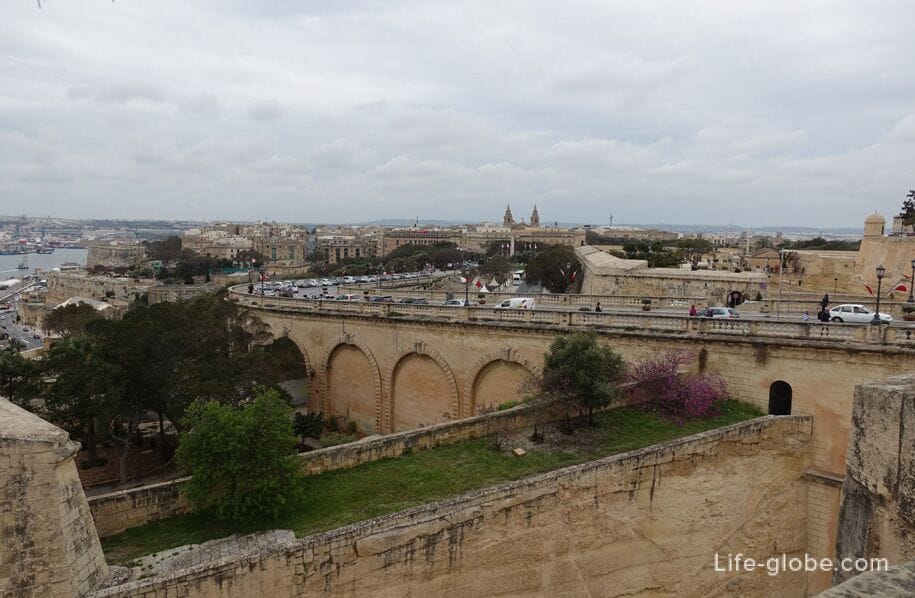
On the level below the top platform of the gardens, under garden (formerly the lower level of the Bastion), is the Saluting Battery (Malta title Batterija tas-Salut). The artillery battery was built in the 16th century by the Order of St. John of on site or near the site of the battery of the Ottoman great siege of Malta.
Battery was mostly used for firing ceremonial guns and signals, but at times it was also used for military purposes, for example, during the blockade of 1798-1800, and the Second world war. The battery remained an active military installation until its weapons were not seized by the British in 1954. At the beginning of the 21st century, the battery was restored and opened to the public. After the restoration, the battery was initially equipped with eight of the original 24-pounder cannon Blomefield, made in the period between 1790 and 1810 years, but later they were transferred to the Museum in 2011 replaced with working copies, 32 pounder SBBL guns. During restoration work in 2011 at this place was found about one hundred stone cannonballs.
At the moment the guns are working.
Entrance to the territory of the salute battery is paid. Also opened a small exhibition complex. Cost €3. Entrance is from the Barracca gardens.
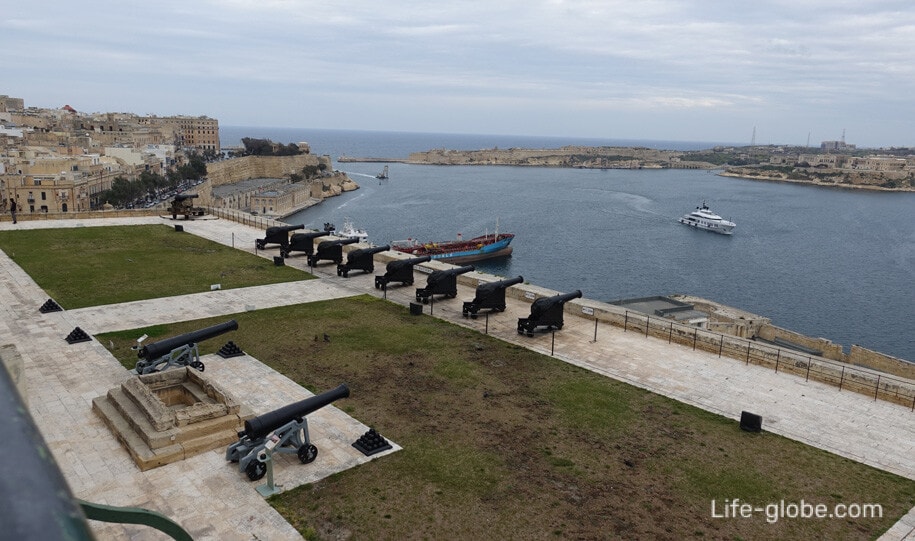
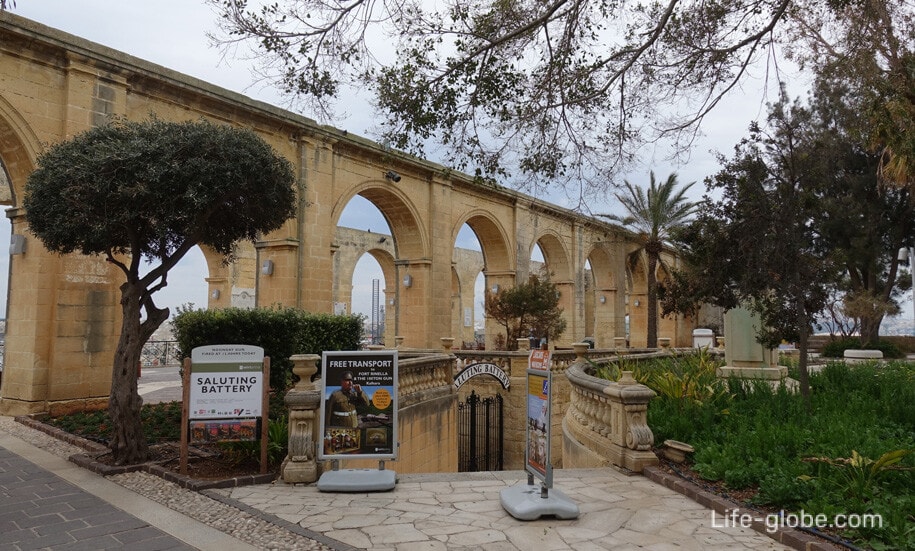
Upper Barrakka Gardens associated with the ditch of Valletta and the nearby Marina Lascaris using the Elevator Barrakka in which you can go down to the waterfront, the ferry Bormla ferry (Ferry to Bormla). From the pier, ferries run to the three cities of Malta. Read more about the ferry Valletta - Three cities...
